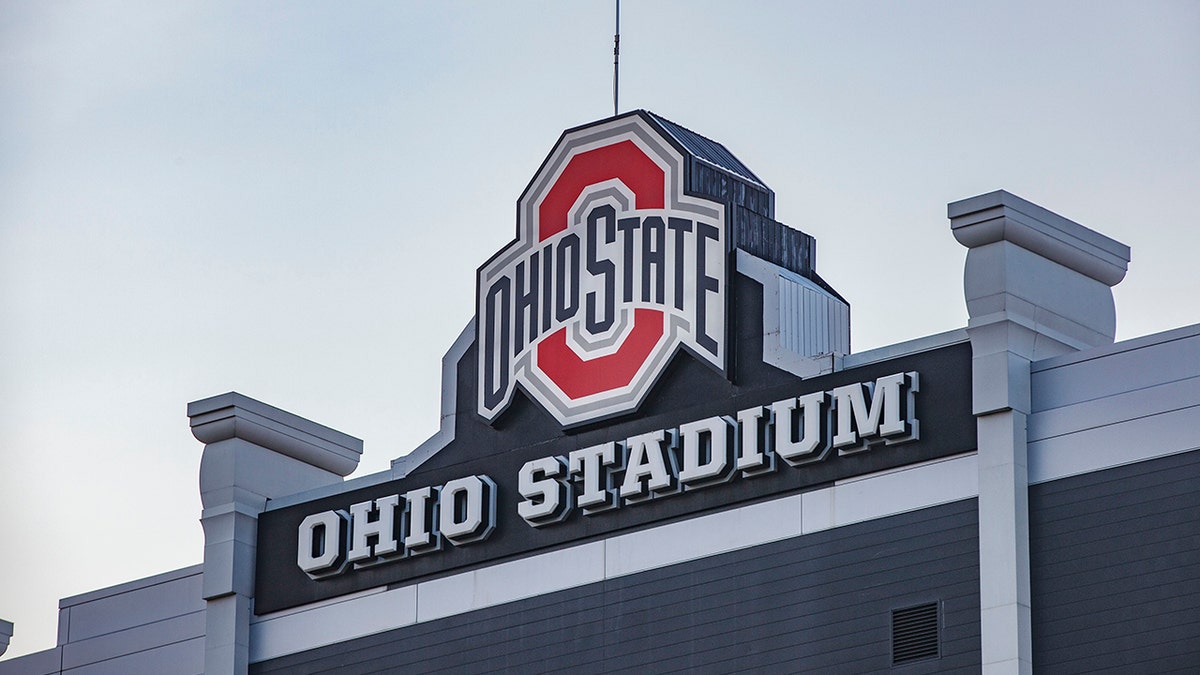
Ohio State University Dismantles DEI Programs in Response to Federal Pressure
Ohio State University (OSU) has taken decisive steps to dismantle its Diversity, Equity, and Inclusion (DEI) infrastructure, shuttering its Office of Diversity and Inclusion and the Center for Belonging and Social Change on Friday. The move, impacting 16 professional staff positions, signals a significant shift in the university’s approach to DEI initiatives. While the university has assured that no employee will immediately lose their position and will receive assistance in finding internal roles, the closures mark a clear departure from established DEI practices.
OSU President Ted Carter announced the controversial decision on Thursday, attributing it to evolving federal guidelines and legal interpretations surrounding the use of race in educational activities. Carter cited the potential for the university to lose vital federal funding as a primary driver for the changes. He emphasized that maintaining access to federal dollars is crucial for the institution’s overall success, particularly in supporting students, academic programs, and operational functions.
In a statement posted on the university website, Carter explained that the federal government has expressed its intention to enforce new guidance that invalidates the consideration of race in a broad range of educational activities. This includes the possibility of withdrawing federal funding from institutions that fail to comply with the new regulations.
The decision also comes amid increasing scrutiny of DEI programs at the state level. Carter noted that a bill barring DEI initiatives is currently making its way through the Ohio legislature. He further stated that the Ohio Attorney General, the university’s statutory counsel, concurs with the federal government’s position regarding the use of race in educational activities. This alignment between federal and state legal interpretations appears to have solidified OSU’s decision to dismantle its DEI programs.
The immediate impact of the closures is the cessation of programming and services offered by the Center for Belonging and Social Change. The Office of Diversity and Inclusion will officially sunset on February 28, 2025, allowing for a more gradual wind-down of its activities. However, some of the office’s services have already been discontinued.
Beyond the immediate closures, OSU is also reevaluating its scholarship programs. Scholarships administered by the Office of Academic Affairs, including prominent programs like the Morrill Scholarship Program and the Young Scholars Program, will undergo adjustments to their eligibility criteria. While the university intends to maintain these programs, the specific changes to eligibility requirements remain to be seen and are likely to be closely scrutinized.
The university’s review of DEI-related units extends beyond the Office of Diversity and Inclusion and the Center for Belonging and Social Change. According to The Lantern, OSU’s student newspaper, other entities such as the Hale Black Cultural Center and the Kirwan Institute for the Study of Race and Ethnicity are currently under review by President Carter. The future of these units, and their ability to continue operating in their current form, is now uncertain.
The decision to dismantle OSU’s DEI programs follows a broader trend across the nation. The Trump administration had previously released a memo on February 14 providing guidance to colleges and universities to end DEI-related mandates, policies, and programs. The memo warned that institutions failing to comply could face the loss of federal funding through the Department of Education’s civil rights office.
In January, former President Trump signed an executive order terminating DEI discrimination in the federal workforce, as well as in federal contracting and spending. The executive order further directed every department and agency to end private sector DEI discrimination, including civil compliance investigations. These federal actions have undoubtedly created a climate of uncertainty and pressure for universities with substantial DEI programs.
Other institutions, including the University of Michigan, Northeastern University, Missouri State University, and West Virginia University, have already taken steps to curtail their DEI initiatives. The University of Michigan, for example, announced that it would no longer solicit diversity statements as part of faculty hiring, promotion, and tenure processes.
The dismantling of DEI programs has sparked considerable debate. Proponents of DEI argue that such initiatives are essential for correcting historical injustices and addressing systemic inequities. They believe that DEI programs promote inclusivity, create a more welcoming environment for underrepresented groups, and ultimately benefit the entire university community. Critics, on the other hand, argue that DEI programs can lead to reverse discrimination, stifle intellectual diversity, and impose ideological conformity.
The decision by Ohio State University to dismantle its DEI programs reflects the complex and politically charged environment surrounding DEI in higher education. The potential loss of federal funding, coupled with evolving legal interpretations and increasing political pressure, has forced universities to reevaluate their approach to DEI. The long-term implications of these changes remain to be seen, but they are likely to have a significant impact on the landscape of higher education for years to come. The coming months will be crucial in observing how OSU restructures its commitment to diversity and inclusion in a manner compliant with the current legal and political landscape, while still striving to serve a diverse student body.
The conversation and debate surrounding DEI is ongoing, and the future of these programs at universities across the country remains uncertain. The actions taken by Ohio State University highlight the delicate balance institutions must strike between adhering to legal requirements and fulfilling their commitment to creating a diverse and inclusive environment for all students, faculty, and staff.
